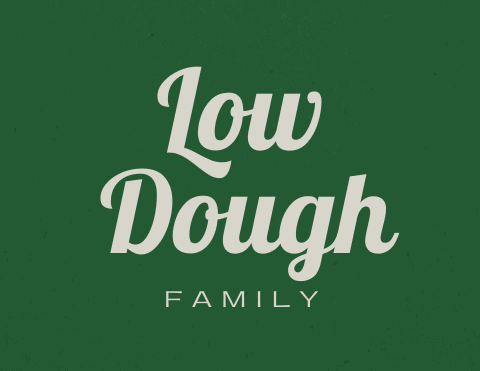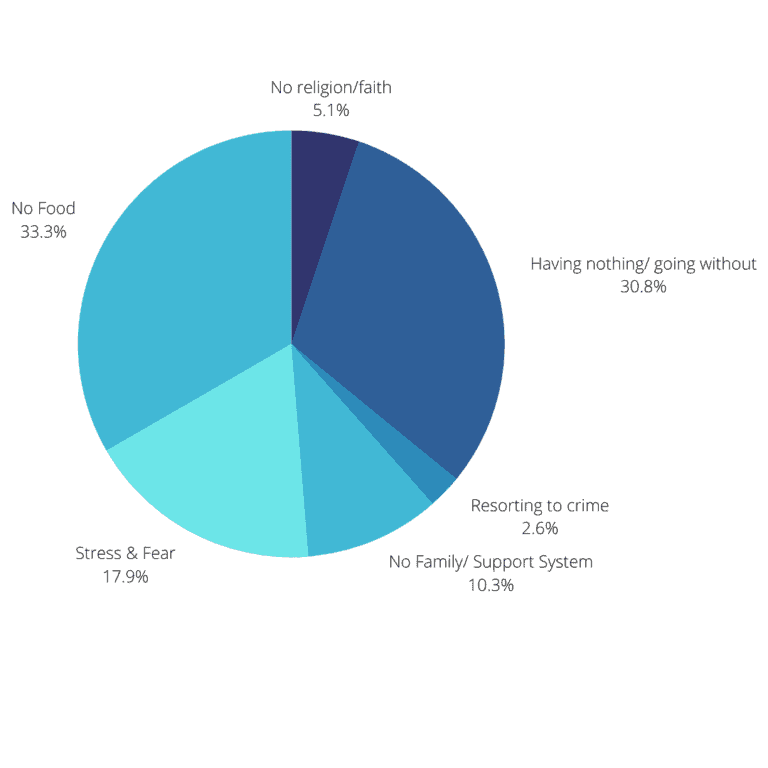Dave Ramsey vs The Budget Mom (Kumiko Love)
Everyone has heard of Dave Ramsey, he has been a financial guru for over 20 years and has a huge presence on radio, Youtube, Instagram, etc. The Budget Mom is fairly new on the scene having just started in 2016, but she is very popular on Instagram and Youtube. Both of these coaches offer tons and tons of information and advice on how to get a hold of your finances and make your goals happen!
Dave Ramsey has a very direct and sometimes harsh way of expressing his thoughts on financial situations, whereas The Budget Mom is more calming and laid back. Most people either hate or love Dave Ramsey, there is not an in between. The Budget Mom is hugely targeted towards women getting a handle on their finances. Besides personality, they have some similar strategies but also disagree in some areas.
Let’s take a look at some of the most popular parts of personal finance and see where they are similar and where they are completely different.

Zero Based Budgeting Strategies
Both Dave Ramsey and the The Budget Mom use a monthly budget plan that follows a Zero Based Budget. This basically means that every dollar of your income is given a very specific job. You will start with a zero balance every month and end with a zero balance every month.
Now one of the misconceptions of a zero-based budget is that you let your bank balance go to zero every month, and that is not true. Having your bank balance go all the way to zero every month is a very easy way to get stuck with a lot of overdrafts and bounced payments.
With zero based budgets, you track exactly where every penny of your income goes so nothing gets lost or overlooked. Your income will of course go to bills, debts, variable spending like gas and groceries, savings, and other categories.
The only main difference here between Dave Ramsey and The Budget Mom, is that Dave likes to use a mostly free app on your phone called EveryDollar, and The Budget Mom prefers pen and paper on worksheets. If you love to journal, have tons of highlighters, and want a visual in your hand, then the The Budget Mom is definitely for you. If you don’t want to have to “do the math” and want an app to calculate everything for you, then Dave Ramsey may be a better fit.

The Steps (AKA The Financial Plan)
Every great journey starts with a Grand Plan, so each of these Financial Coaches also have a roadmap to financial success. This is where we will really start to see the differences in their money strategy.
Dave Ramsey (The 7 Baby Steps)
Dave Ramsey’s financial plan is broken up into basically different phases. During each phase you concentrate on one area until it is completed, then you move on to the next phase. In theory, once you complete a step, you will never have to go back so it more like climbing a ladder to financial freedom.
Dave Ramsey has a very specific plan that involves “living like you are poor, because you are poor.” The steps are very concise and clear and start with building an $1000 emergency fund. After this step you will knock out all debt excluding your mortgage. Then you will work on investing, saving for kid’s college fund, pay off your home, and ending at building wealth and giving.
Dave Ramsey is a Christian and firmly believes that with great wealth comes great giving. Hoarding a zillion dollars isn’t the goal, it is to be a good person and help those that you can.
The 7 Baby Steps
- $1000 Emergency Fund
- Pay off all debt (except mortgage) using the Snowball Method
- Save 3-6 months Emergency Fund
- Invest 15% of your income for retirement
- Save for your child’s college fund
- Pay off your home early
- Build Wealth and Give
The Budget Mom (9 Steps to Financial Freedom)
The Budget Mom really digs into the whys of spending money. She is convinced that if you don’t figure out your “why” for improving your finances, set short & long term goals, and gain awareness of your spending habits, then you won’t be able to stick to any plan.
The first 4 steps to Financial Freedom are basically preparing your mind to get on board with a plan before you even make a budget. This is definitely important if you have never budgeted before and have no clue where you spend your money. This strategy is also very helpful if you are an over spender that likes to self-sabotage your finances by spending more money than you have.
Once you have prepared yourself and researched where you typically spend your money, you can start to make a budget, plan to get out of debt, start investing, and focus on your big goals.
Unlike Dave Ramsey’s plan that is similar to a ladder with a start and finish, The Budget Mom is more like a general map that doesn’t really have a finish line. The 9 Steps to Financial Freedom are more of an all-around theory to how your finances should work.
9 Steps to Financial Freedom
- Establish Your WHY and Motivation
- Prioritize Your Financial Goals
- Bring Awareness into Your Life
- Create a Budget Calendar
- Create and Establish a Realistic Budget
- Employ the Cash Envelope Method
- Create a Plan of Attack and Pay Off Debt
- Maximize Retirement
- Focus on Long-Term Goals
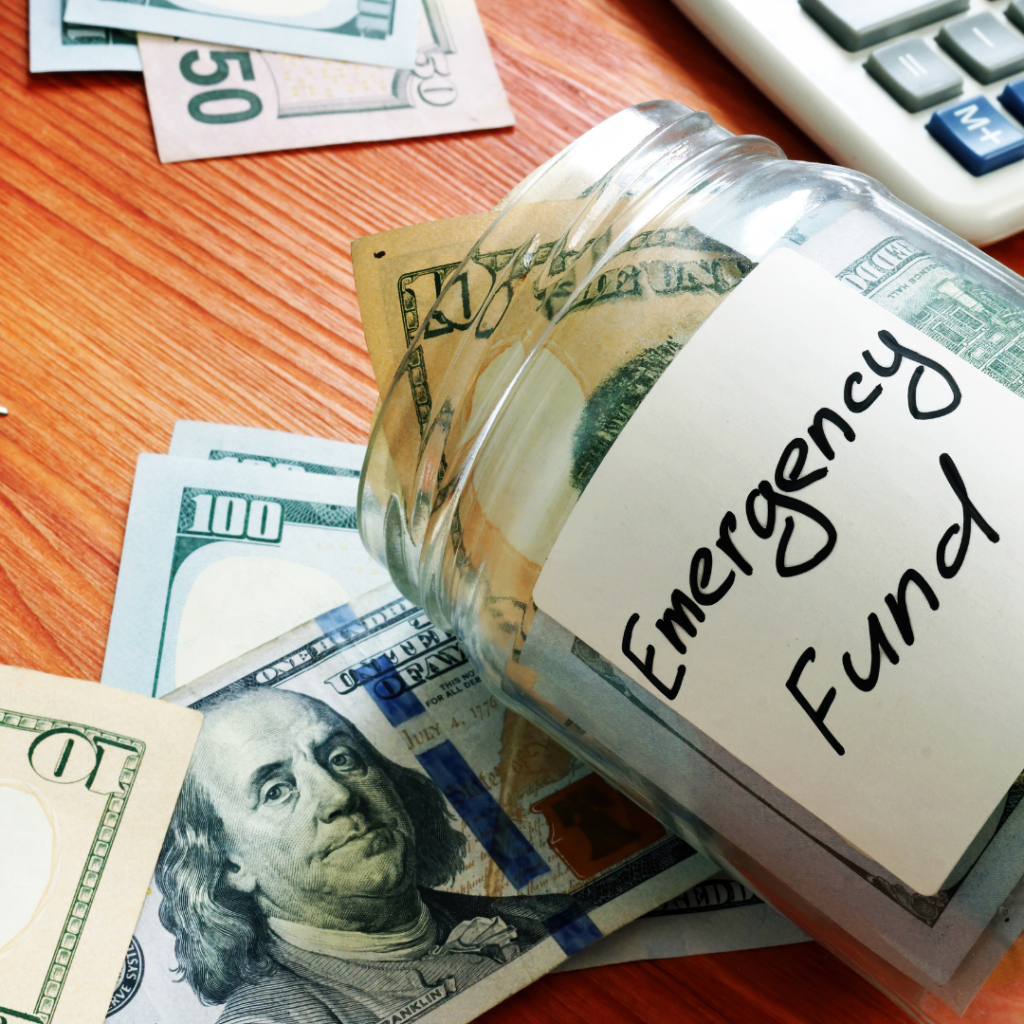
Emergency Fund
An emergency fund is a crucial part of getting your financial house in order. Most will agree that having an emergency fund is a good foundation and starting point.
Dave Ramsey believes that most emergencies are generally going to fall under $1000 and recommends that you save this amount first before doing anything else like working on your debt.
The Budget Mom also wants you to have an Emergency Fund first, but she recommends 3-6 months’ worth of income before working on paying off your debt. So, no matter how much money you owe in credit cards, car loans, medical bills, etc. you will need to save up at least 3 months of your income first. This may take a while to be honest.
So right from the beginning, a good financial plan will have you build an emergency fund. The amount will vary depending on who’s steps you want to follow.
Debt Repayment Plans
Once you have built your emergency fund, it is time to work on your debt repayment! Finding out exactly how much debt you owe is going to be essential in this process. It is not enough to just look at the bills that come in every month, you should also pull your credit report and see if you have any accounts that have been sent to collections. Also keep in mind that if you really want to get rid of debt, you will need to stop making more debt. So, you will need to stop using credit cards and not take out any new loans.
Dave Ramsey’s Debt Method
Dave Ramsey’s plan involves making sacrifices in the short term so that you can live easier later. This means cutting out all unnecessary spending like eating out and vacations. Remember earlier when I said his plan involves “living like you are poor because you are poor”? This is where that comes into play.
This means you will no longer eat at fast food or sit down restaurants, you will make all your meals at home, and you will not go on vacation. Poor people can’t afford those luxuries. So even if you make $200k a year, as long as you have debt… you will live without extras until your debt is knocked out.
Dave’s favorite way to attack your debt is to use the Snowball approach. You line up all your debts smallest to biggest and start attacking the smallest one first. We are only focused on amounts and not on interest rates on each debt.
You still pay the minimum amount on all your debt, but you focus every extra dollar towards one debt at a time. Once the first debt is paid off, you will apply the amount you have been paying on the first debt towards the next biggest debt. This keeps rolling up until you finish paying off all your debt.
This also means that if you start your journey paying $1000 a month towards debt, you will still be paying $1000 a month towards debt at the very end. Any extra money, like tax refunds or unexpected money will immediately go towards debt as well. Once your debt is complete, you will take that $1000 that you paid towards debt and start paying yourself until you have a 3 to 6 month emergency fund set up.
Once you are debt free, you should not take out any new loans or run up your credit cards. You can still purchase a new car or other big purchase as long as you don’t finance it, you will need to save and pay in cash!
This plan is very strict as far as every dollar you have will need to go to debt until there is no more debt. He claims that most people can get out of debt in an average of 24 months. So, do you think you can you live without any luxuries for 2 years in order to start working on your finances with a clean slate?
If you need motivation on your debt repayment plan, check out a free printable like “Knock Out Debt Tracker- Free Printable“. So easy to print at home and use to keep track of your progress!
The Budget Mom Debt Method
The Budget Mom’s plan is a little bit more relaxed on debt repayment. She advocates that you only live once, so you shouldn’t have to suffer to get your finances under control.
She doesn’t have a certain method that she prefers for debt, and mentions that you can use the snowball method or the avalanche method. The avalanche method is similar to the snowball method where you pay the minimum amount on all your debt, but focus all the extra money to the debt that has the largest interest rate.
The avalanche method will actually save you some money over time because by getting rid of the debt that costs you the most every month you will end up paying less interest on the total of all your debt.
The avalanche method can be tricky though if you have any debt that has an introductory 0% interest rate. The rate typically will change to a much higher amount after a set amount of time. In some cases, like furniture loans, you will actually owe all the back interest on the total amount borrowed, if the loan is not paid back in full before the 0% interest rate runs out.
Here is where one of the major differences in approaches come in. The Budget Mom doesn’t want you to give up all your extras like eating out and vacations, as long as you save up for them. So, while you are focusing some money on debt repayment, you are also still allowed to buy new clothes, self care items, and have fun times!
This method will make paying off debt take longer, but you won’t feel like you are sacrificing as much. So, while Dave believes there is absolutely no reason to owe money unless it is to your mortgage, The Budget Mom thinks you should still be able to enjoy your life as long as you can save up and pay cash for it.
The Budget Mom method of debt repayment doesn’t seem to have an estimate of how long it will take to be rid of debt since every situation will be different. This plan seems to be ok with having debt as long as you are actively working to pay it off.
This plan also allows for you to take on new debt like a car loan, as long as you can afford the monthly minimum. You will just add the car loan onto the list of debts that you are actively working on.
Want another fun debt pay off tracker? Check out “Slay the Debt Dragon Tracker ~ Free Printable” to help keep track of your progress!
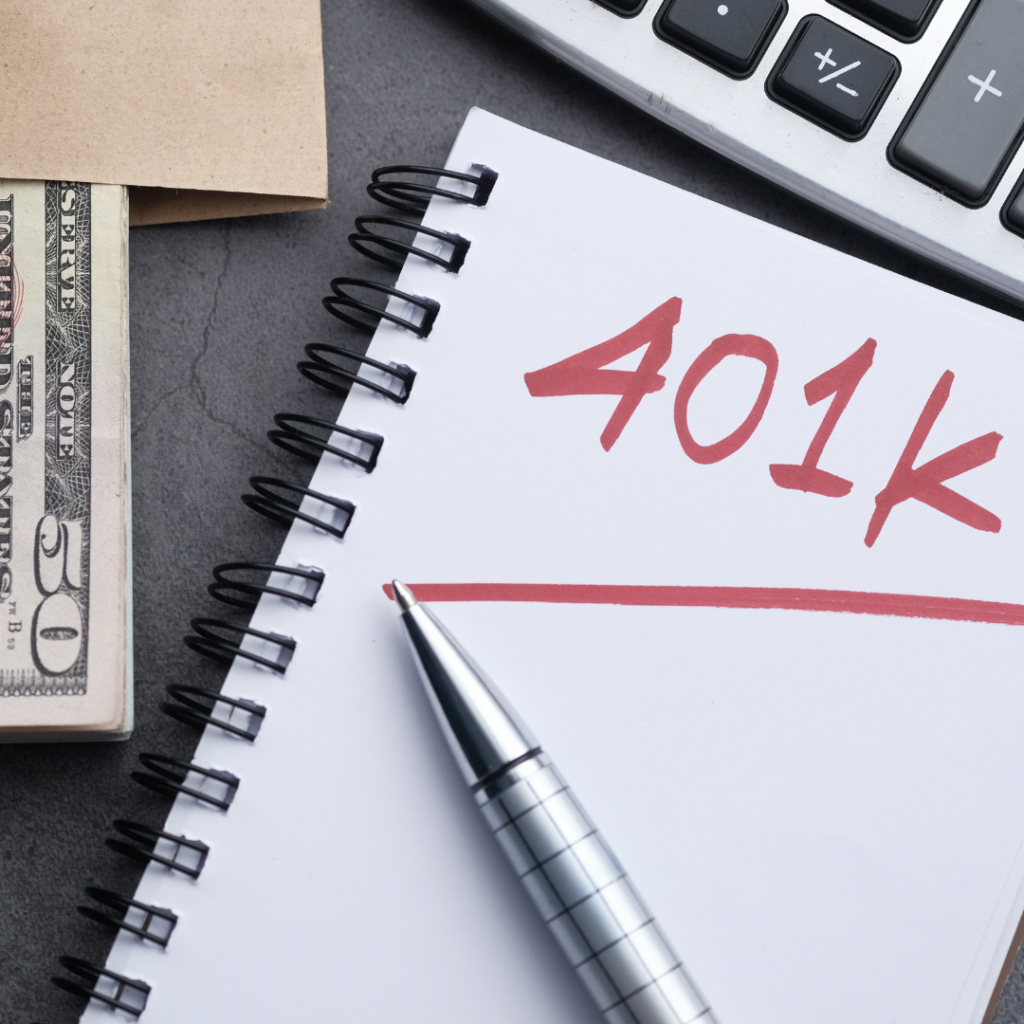
Investing & Retirement
Eventually everyone will need to retire and there is no real way around that unless you want to never stop working. It is easier to save more money for retirement if you start earlier in your working life, but it’s not impossible to start saving later in life too.
If you follow the Dave Ramsey method, you won’t start contributing to your retirement or investing account until you are debt free and have a 3 to 6 month emergency fund set up. Once your debt is out of the way, you will start taking 15% of your income and putting it straight into a retirement account. This is very similar to a “pay yourself first” method where you just take the 15% right off the top and put it away.
The Budget Mom believes that you should be contributing to your retirement accounts from the beginning. She especially wants you to invest if you have an employer matching program. This is where your company will match 3-6% of whatever you pay into your retirement account.
Keep in mind that this type of plan is usually only available once you have been employed with a company for at least a year. Check with your employer, because some may have other requirements before they will match.
Another thing to look out for is that some companies match your investment with company stock and that doesn’t always equal dollar for dollar. This can be really awesome if your company is on the rise, but it can really be deceiving if your company’s stock is tanking.
When I was employed by a telecommunications firm, the employer match was in stock which was fine when it was going well. As soon as their stock went really seriously low, they were worth only pennies compared to my dollars.
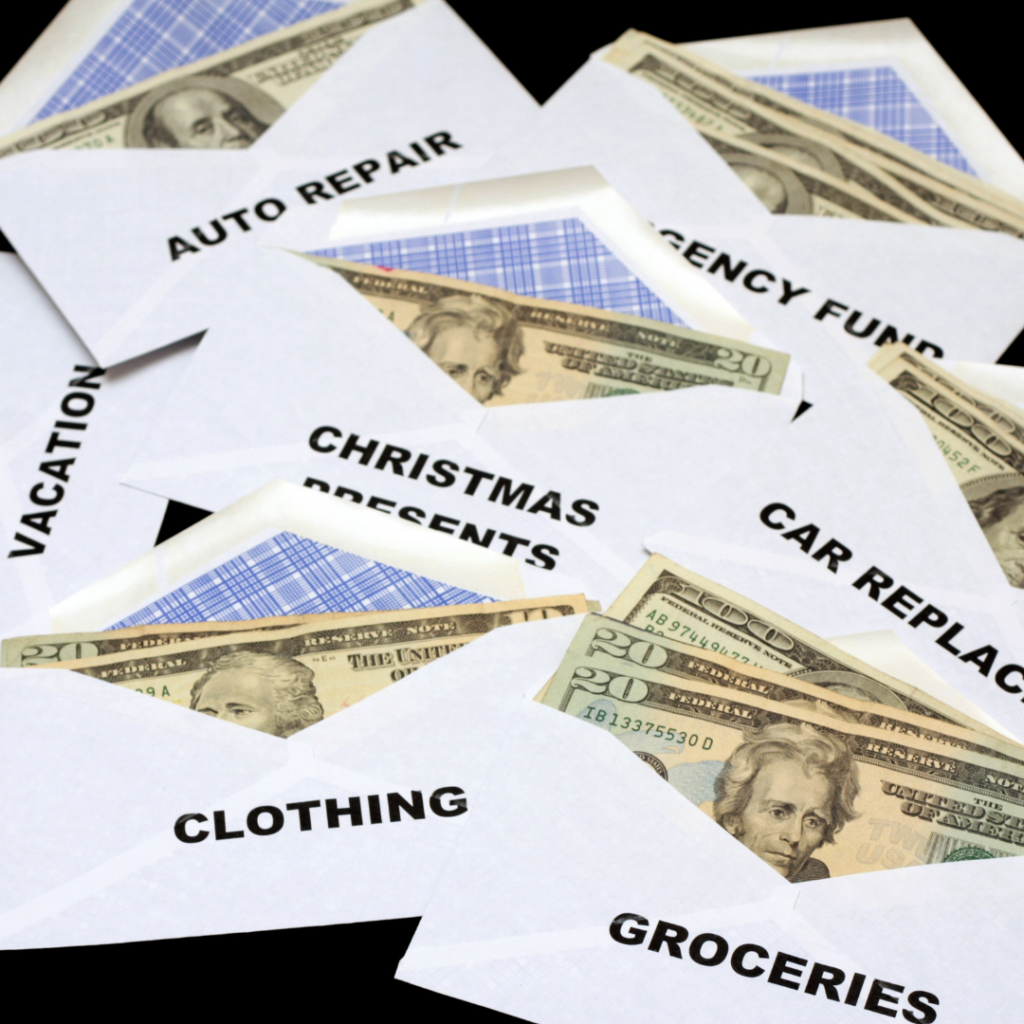
Cash envelopes
Both of these financial coaches use the cash envelope system. Every month you will determine your variable spending for categories like groceries, household goods, haircuts, gas, eating out, etc.
You divide your budget for each category by the number of paychecks that you will get that month. So, if you are paid every 2 weeks and your grocery budget is $500, you will need to put $250 in that envelope every paycheck.
The whole point of the cash envelopes is that when the envelope is empty, you are done. There is no more money to spend. This practice will teach discipline to stay within your set budget every month. It will also show you that spending cash takes a conscious effort because you can physically see how much money is left.
Using a debit or credit card is so easy because you just swipe and sign. You don’t actually see how much is in the account after your purchase.
Sinking Funds
Sinking funds are so confusing to so many people. A sinking fund is basically a short-term savings goal to pay for a very specific item or category. So, for instance, you know that your property taxes are due every December and typically run about $1200, so you will need to save $100 every month of the year to pay that bill.
Sinking funds typically need to be specific and they need to be for items that you know are coming up like birthdays, Christmas, back to school supplies, etc. Each category gets its own goal and you put money in them every month until the goal is reached.
But not every sinking fund will have an obvious total and a must use by date.
An example of sinking funds that may not have an exact total would be a fund for health-related items like glasses/contacts, co-pays, and prescriptions. You can estimate this total based on previous years, but you may not know exactly when you will need it and how much you will need.
Another examples would be an auto maintenance fund that covers new tires, oil changes, and repairs. You could also have a new car fund if you know that in the next year you would like to purchase a new car and don’t want to finance it.
Typically sinking funds are money that will need to be used within the next year, but in some situations you may roll that amount over. For instance, if you budget $4000 for summer vacation, but you only spend $3600, you may want to roll that extra $400 over to the next vacation.
Of course, Dave Ramsey is going to tell you that if you are in any kind of debt besides your mortgage, you need to keep your sinking funds to a bare minimum. These funds will be for needs like taxes, maintenance, or repairs. You won’t be saving for any wants like vacations and extras, because your broke and you are trying to get out of debt as quickly as possible.
The Budget Mom approach is more of a YOLO (you only live once) and she wants you to still have fun and have vacations as long as you can pay cash for them. Using her laid-back approach will keep you from racking up more debt for wants, but it will make getting out of debt take much longer.

Dave Ramsey vs The Budget Mom, which one is right for you?
So, because both of these coaches have a lot of similarities but also lots of differences, how will you know if either of these plans are right for you?
I have compiled a list that will give you a better idea if your personality and lifestyle will fit better with one versus the other.
When Dave Ramsey is probably better for you…
- you want to be digital and use an app on your phone.
- if the thought of doing a lot of math with a calculator makes you sick (every dollar app does it for you).
- you want reminders sent to your phone to pay certain bills because you may have the tendency to overlook due dates.
- your income doesn’t really matter. The Dave Ramsey methods will work if you are low income or high income.
- you don’t mind making small and big sacrifices to get out from under debt as quickly as possible (live like no one else now, so you can live like no one else later).
- you are ready to say goodbye to debt forever and never use it or rack up a balance again.
- you are ready to start immediately and get working on a budget now.
When The Budget Mom is probably better for you…
- you love to journal and are obsessed with highlighters and pens.
- you want to physically hold your budget in your hand.
- you don’t mind working with a calculator to figure out the math.
- you have a fairly decent income (The Budget Mom says that it will work for low income, but if you really want to follow the 9 step plan, you will have to have a decent income).
- you have issues with overspending.
- you do not want to make any major lifestyle changes (like not buying clothes, going on vacations, and eating out)
- you are okay with having your debt for a while (it will take longer to pay off debt because you are not focusing all your money on it)
- you need to ease into working on your finances (the first 4 steps are all about figuring out your why and your goals, lots of tracking your spending and then making a budget, this requires prep work to get started)
Please don’t get me wrong, I think both of these plans are doable as long as you want to do them! Both plans take discipline and commitment.
I feel like Dave Ramsey is more of a leap of faith into the deep end and of a swimming pool and working your way out to the shallow end. It works best for those that want to make huge changes and completely flip their financial house in a very short amount of time.
The Budget Mom is a beautiful plan for those that really need to get their emotions in check, want to understand why they are spending, and figuring out how to move forward without racking up more debt. It works best for those that want to ease into budgeting and eventually improve their financial situation and don’t mind if it takes a while to do it.
Now the great part is that you don’t have to decide between these two financial coaches, you can take advantage of different parts of each program that you like and skip the parts that you don’t like. For instance, you can start with that $1000 emergency fund, attack your debt with everything you have, and still save for a family vacation.
The only plan that will help you and your family, is the one that works for you and your family. My family doesn’t mind living below our means and getting out of debt as fast as humanly possible.
It may be way too big of a shock to your family to give up every luxury that you have grown accustomed to having, and that is okay. Sit down with your partner/spouse and family, and really talk out what is important to you.
Make a list of what everyone needs to be happy and then create a financial strategy that you feel comfortable doing.
If you pick a plan that is too strict and too hard for you to maintain, it will be like going on a fad diet. You will be super excited and motivated at the beginning and then you will burn out and quit very quickly.
We are trying to make changes to financial habits to better our families and our situations.
As with any plans, you will stumble and have roadblocks and that is okay. The hard part is getting back up and keep working towards your goals.
Good financial habits don’t happen overnight. They take lots of practice!
